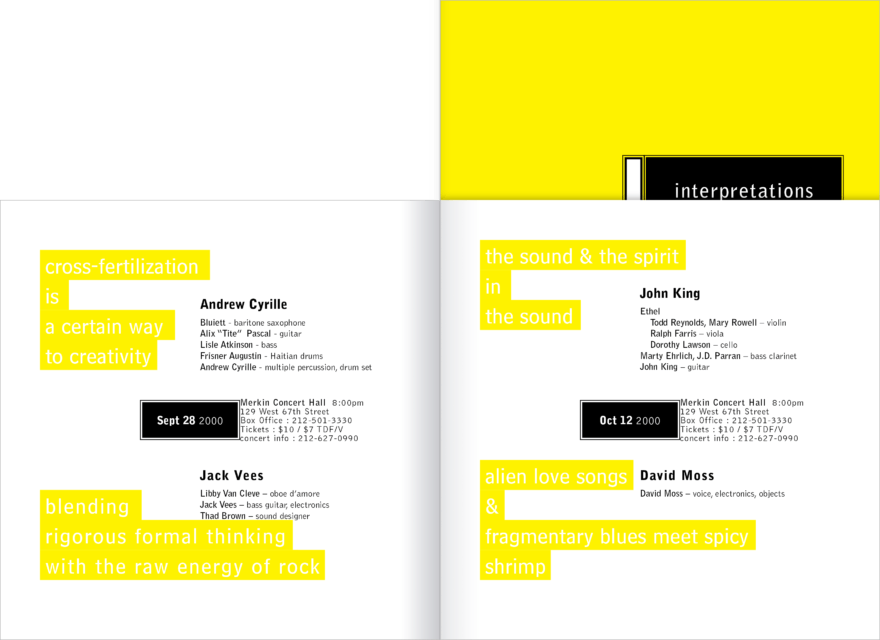Thomas Buckner is an unsung hero of contemporary music: baritone singer, improviser, music presenter and patron, and record label founder. He has collaborated with a wide range of impressive composers and musicians, including Robert Ashley, Joseph Jarman, Annea Lockwood, Roscoe Mitchell, Phill Niblock, Wadada Leo Smith, Christian Wolff and many others. He founded the legendary 1750 Arch performance space and record label — which brought much important music into the spotlight, including several volumes of Conlon Nancarrow’s Studies For Player Piano, the first significant releases of text-sound in America, and early work by composer John Adams.
He was also included on the second edition of Richard Nixon’s enemies list. This only raises the esteem in which we hold him.
After transferring 1750 Arch to the University of California at Berkeley, Tom moved to New York City, founded Mutable Music, and began a series of new music, “ear-stretching” concerts called Interpretations.
Beginning from a favorite Buckner quote, “Out of the mud, grows the lotus,” Interpretations presented anything from through-composed material to free improvisation, from jazz to electronic music to string quartets, and anything which could only fit into the non-specific category of “new music.”
Our work began as a relatively straightforward set of mailers and small posters, but quickly turned into design explorations stretched as far as the music.
To suggest a mix of genres and styles, the 1999–2000 season’s brochure was made up of constantly-changing page sizes. The 2000–2001 brochure brought the outside to the inside and the inside to the outside. In other words, the outer cover appeared in the center, with the bulk of the text outside that — functioning as a half-cover.
By the 2001–2002 season, a need for individual mailings for each concert was expressed. So we designed postcards for the whole season at beginning and bound them into a brochure. Each card was perforated for individual use.
Since the music presented was often an exercise in acoustic phenomena, the 2002–2003 season was an exercise in the phenomena of ink. Images were printed in a split font — a printing technique where more than one color of ink shares an individual roller of the press. The two colors blend together and shift throughout the press run. And the text was surprinted in a cool grey color. Because printing inks on American offset presses are transparent, the split-font images were visible though the grey text.
Our tenure allowed us to promote the work of many favorite musicians and composers — some of who have become dear friends. And all of this was possible because of Thomas Buckner — which leads to the idea that any enemy of Richard Nixon is a friend of mine.








































